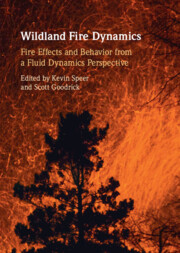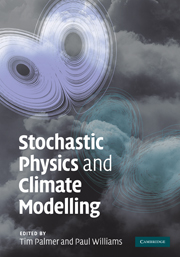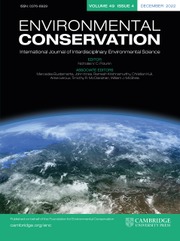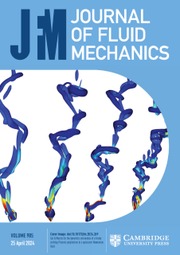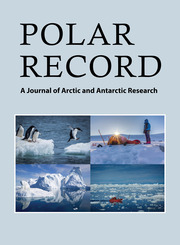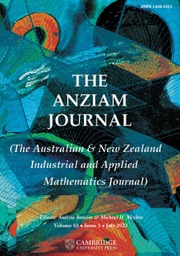Wildland Fire Dynamics
Wildland fires are among the most complicated environmental phenomena to model. Fire behavior models are commonly used to predict the direction and rate of spread of wildland fires based on fire history, fuel, and environmental conditions; however, more sophisticated computational fluid dynamic models are now being developed. This quantitative analysis of fire as a fluid dynamic phenomenon embedded in a highly turbulent flow is beginning to reveal the combined interactions of the vegetative structure, combustion-driven convective effects, and atmospheric boundary layer processes. This book provides an overview of the developments in modeling wildland fire dynamics and the key dynamical processes involved. Mathematical and dynamical principles are presented, and the complex phenomena that arise in wildland fire are discussed. Providing a state-of-the-art survey, it is a useful reference for scientists, researchers, and graduate students interested in wildland fire behavior from a broad range of fields.
- Highlights the integrating role of fluid dynamics in wildland fire, from combustion and fire spread, to plumes and ecological fire effects
- Presents the latest ideas about the interaction between the different components of fire and their role in fire spread, including fuels, pyrolysis, radiation and convection, embers, and turbulence at multiple scales
- Written by a team of experts on wildland fire research from a broad range of science and engineering disciplines
Product details
June 2022Hardback
9781108498555
350 pages
250 × 175 × 20 mm
0.7kg
Available
Table of Contents
- 1. Wildland fire combustion dynamics: the intersection of combustion chemistry and fluid dynamics Andrew L. Sullivan
- 1.1 Introduction
- 1.2 Combustion chemistry
- 1.3 Combustion processes and environmental interactions
- 1.4 Physical evidence of environmental interactions with combustion processes
- 1.5 Concluding remarks
- References
- 2. The structure of line fires at flame scale Salman Verma, Mohamed Ahmed and Arnaud Trouvé
- 2.1 Introduction
- 2.2 The dynamics of line fires
- 2.3 Integral model
- 2.4 Large Eddy simulations
- 2.5 Conclusion
- References
- 3. Energy transport and measurements in wildland and prescribed fires Bret W. Butler and Joseph J. O'Brien
- 3.1 Introduction
- 3.2 Heat transfer
- 3.3 Heating rates in flames
- 3.4 Fire models
- 3.5 Ignition
- 3.6 Flames
- 3.7 Impacts of heat and mass transfer on flames
- 3.8 Conclusion
- References
- 4. Fire line geometry and pyroconvective dynamics Jason J. Sharples, James E. Hilton, Rachel L. Badlan, Christopher M. Thomas and Richard H. D. McRae
- 4.1 Introduction
- 4.2 Pyroconvective effects on fire propagation
- 4.3 Extreme wildfire development
- 4.4 Modeling pyroconvective interactions
- 4.5 Discussion and conclusions
- References
- 5. Firebrands Ali Tohidi and Nigel Berkeley Kaye
- 5.1 Introduction
- 5.2 Firebrand generation
- 5.3 Transport modeling
- 5.4 Ignition of spot fires
- References
- 6. Re-envisioning fire and vegetation feedbacks Eric Rowell, Susan Prichard, J. Morgan Varner and Timothy M. Shearman
- 6.1 Introduction
- 6.2 Fuels re-envisioned: the ecology of fuels and fire environments
- 6.3 Two-way feedbacks between fire and vegetation
- 6.4 Unified model of plant and fire feedbacks
- 6.5 Future directions and applications
- References
- 7. Wind and canopies François Pimont, Jean-Luc Dupuy and Rodman Linn
- 7.1 Introduction
- 7.2 Wind flows in the lower part of the atmosphere
- 7.3 Wind flows in homogeneous canopies
- 7.4 Heterogeneous canopies
- 7.5 Modeling the interaction between wind flow and plant canopies
- 7.6 Measuring wind in fire experiments
- 7.7 Conclusion
- References
- 8. Coupled fire-atmosphere model evaluation and challenges Janice Coen, Miguel Cruz, Daniel Rosales-Giron and Kevin Speer
- 8.1 Introduction
- 8.2 Fire front spread rate expectations and uncertainties from models and data
- 8.3 Fuel considerations in models and validation
- 8.4 Hindcasting case studies and challenges
- 8.5 Discussion and conclusion
- References
- Index
- Colour plates section to be found between pp. 128 and 129.

